May 21, 2025 | 06:55 GMT +7
May 21, 2025 | 06:55 GMT +7
Hotline: 0913.378.918
May 21, 2025 | 06:55 GMT +7
Hotline: 0913.378.918

Farmers harvest whileleg shrimp in Indonesia. Photo: VAN.
Indonesia targets to become the world’s largest whiteleg shrimp producer by increasing production to 16 million tonnes annually, from currently below one million tons, according to the Vietnam Association of Seafood Exporters and Producers (VASEP).
To this end, Indonesia must begin developing new shrimp ponds spanning an area of 200 thousand hectares until 2024.
"If we succeed in developing 200 thousand hectares of shrimp ponds, with two harvest cycles of 80 tons per hectare per year, based on an economic analysis, it could generate nearly 1,200 trillion rupiah," said Indonesian Maritime Affairs and Fisheries (KKP) Sakti Wahyu Trenggono.
The development also aims to build a strong defense system to protect the nation’s maritime wealth, he told Antara news agency.
In addition to developing new ponds, Trenggono said that the KKP will also build aquaculture villages in several parts of Indonesia to boost the economy.
The two activities are the ministry's flagship programs that he leads, in line with its motto of developing sustainable aquaculture, he said.
The KKP Ministry has targeted boosting aquaculture productivity, from the 2020 production target of 18.44 million tons to 19.47 million tons in 2021.
According to Slamet Soebjakto, Director General of Aquaculture, the KKP's Directorate General of Aquaculture has set targets and outlined priority programs to increase aquaculture productivity this year.
The aquaculture production target for this year includes 7.92 million tons of fisheries and 11.55 million tons of seaweed.
Other target of the ministry is to boost ornamental fish production for which coordination with the local governments, at the provincial, district, and city levels will be strengthened to build synergy in the development of aquaculture in these regions, he said.
Indonesia is one of the top five shrimp producers in the world with a production volume of less than 1 million tonnes per year, below that of China, Ecuador, Vietnam, and India.
Translated by Mai Huong
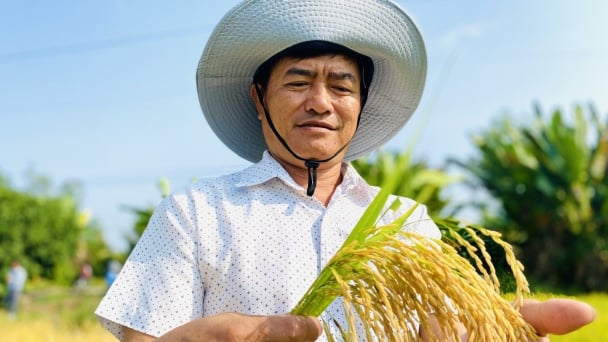
(VAN) Dong Thap farmers attained an average profit margin of 64% during the summer-autumn 2024 crop (first season), while An Giang and Kien Giang farmers followed with 56% and 54%, respectively.
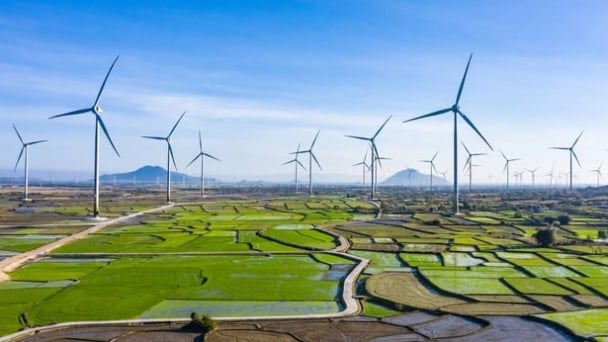
(VAN) As a doctoral student doing research on renewable energy and electrification at Harvard University, the author shares his musings on electricity, nature, and countryside memories.
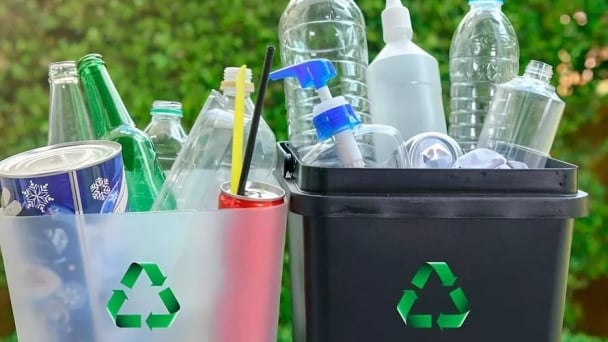
(VAN) The decree on Extended Producer Responsibility (EPR) ensures transparent management and disbursement of support funds, avoiding the creation of a “give-and-take” mechanism.
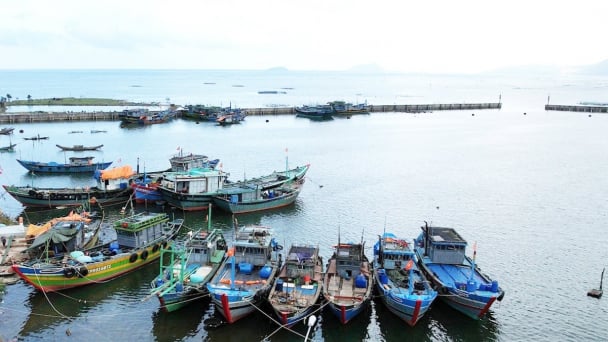
(VAN) Hue City rigorously enforces regulations regarding marine fishing and resource exploitation, with a particular emphasis on the monitoring of fishing vessels to prevent illegal, unreported, and unregulated (IUU) fishing.
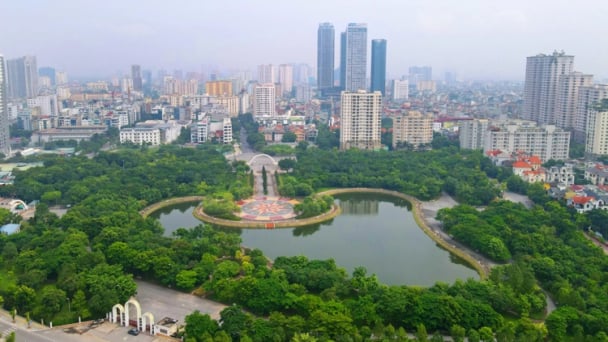
(VAN) Hanoi People's Committee has issued a plan on reducing greenhouse gas emissions in the waste management sector with 2030 vision.
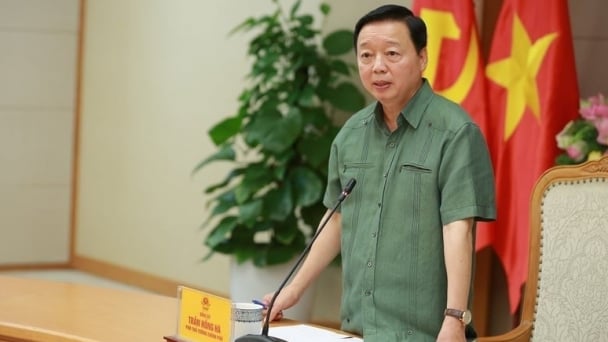
(VAN) Vietnam's draft amendment to Decree No. 156 proposes a mechanism for medicinal herb farming under forest canopies, linking economic development to population retention and the sustainable protection and development of forests.
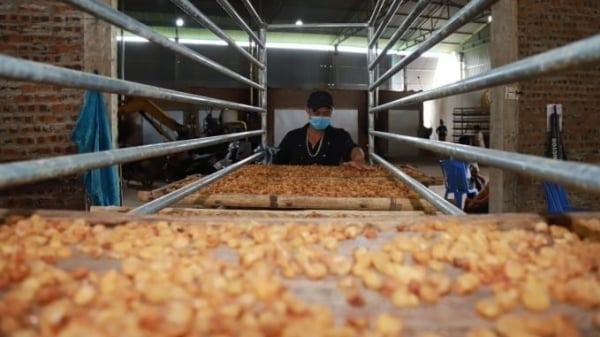
(VAN) In reality, many craft village models combined with tourism in Son La have proven effective, bringing significant economic benefits to rural communities.